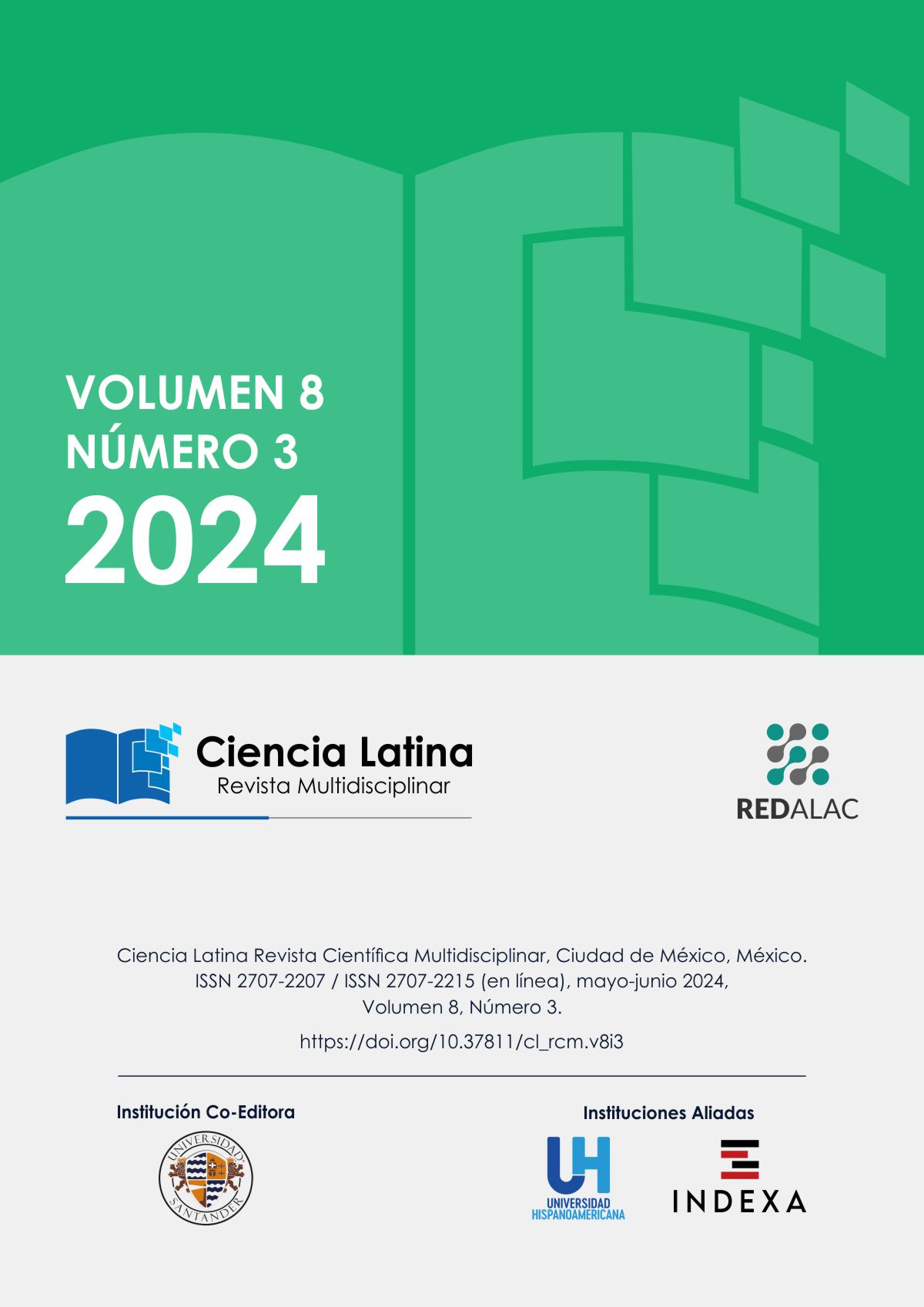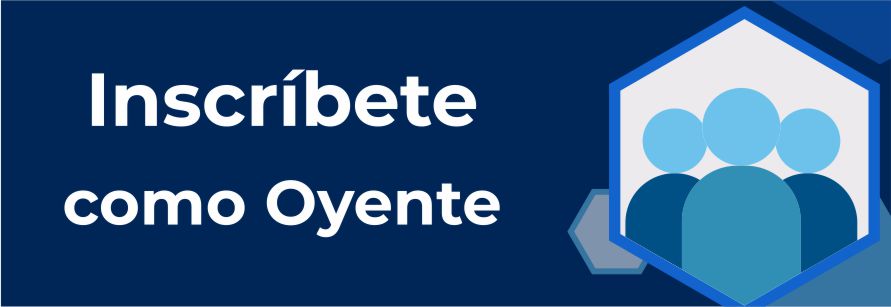Innovaciones en la didáctica de la lengua y literatura: estrategias del siglo XXI
Resumen
Este artículo explora las innovaciones en la didáctica de la lengua y la literatura, centrándose en las estrategias pedagógicas del siglo XXI. A medida que las tecnologías emergentes y las metodologías de enseñanza avanzan, los educadores enfrentan nuevos desafíos y oportunidades para mejorar la enseñanza de estas disciplinas. El estudio analiza diversas estrategias innovadoras, incluyendo el uso de herramientas digitales, enfoques interdisciplinarios y pedagogías centradas en el estudiante. Se revisan casos de implementación exitosa, destacando cómo estas innovaciones pueden fomentar una mayor comprensión, creatividad y participación entre los estudiantes. El uso de tecnologías como la realidad aumentada, las plataformas de aprendizaje en línea y las aplicaciones interactivas se examina por su capacidad para enriquecer la experiencia de aprendizaje y hacerla más accesible y atractiva. Estas herramientas digitales no solo facilitan la comprensión de los contenidos, sino que también permiten una personalización del aprendizaje que se adapta a las necesidades individuales de los estudiantes. Además, se abordan enfoques interdisciplinarios que integran la lengua y la literatura con otras áreas del conocimiento, promoviendo una educación más holística y contextualizada. Las pedagogías centradas en el estudiante, como el aprendizaje basado en proyectos y el aprendizaje colaborativo, también se discuten por su potencial para empoderar a los estudiantes y fomentar un aprendizaje más profundo y significativo. Estos métodos no solo involucran a los estudiantes en su propio proceso de aprendizaje, sino que también desarrollan habilidades críticas y creativas esenciales para el siglo XXI. Finalmente, el artículo ofrece recomendaciones prácticas para docentes y formuladores de políticas educativas, con el objetivo de integrar eficazmente estas estrategias en el currículo actual y futuro. Estas recomendaciones incluyen la necesidad de una formación continua y especializada para los docentes, la implementación de políticas que apoyen la innovación educativa, y la creación de entornos de aprendizaje que sean flexibles y adaptativos a las necesidades cambiantes de los estudiantes. En conjunto, estas innovaciones representan un avance significativo en la didáctica de la lengua y la literatura, preparándola para enfrentar los retos y aprovechar las oportunidades del siglo XXI.
Descargas
Citas
Akoto, M., & Li, M. (2023). Collaborative Multimodal Writing Using Google Docs in the For-eign Language Class. Class. Languages, 6(3).
Almusharraf, N., & Alotaibi, H. (2022). An error-analysis study from an EFL writing context: Human and Automated Essay Scoring Approaches. Technol. Knowl. Learn.
Beane, J. A. (2013). A middle school curriculum: From rhetoric to reality. *Middle School Journal*, 45(4), 17–24.
Bell, S. (2010). Project-based learning for the 21st century: Skills for the future. *The Clearing House: A Journal of Educational Strategies. Issues and Ideas*, 83(2), 39–43.
Bernal Párraga, A. P., Baquez Chávez, A. L., Hidalgo Jaen, N. G., Mera Alay, N. A., & Velás-quez Araujo, A. L. (2024). Pensamiento Computacional: Habilidad Primordial para la Nue-va Era. Ciencia Latina, 8(2), 5177–5195.
Bickerstaff. (2023). The impact of AI on schools: Current applications. In AI for Education.
Brennan, K., & Resnick, M. (2012). New frameworks for studying and assessing the develop-ment of computational thinking. In Proceedings of the 2012 annual meeting of the Ameri-can Educational Research Association.
Castillo, J., López, R., & Mart\’\inez, F. (2023). Exploring the impact of personal-ized and adaptive learning technologies. Computers & Education.
Cheng, K.-H., & Tsai, C.-C. (2019). A case study of immersive virtual field trips in an elemen-tary classroom: Students’ learning experience and teacher-student interaction behaviors. Comput. Educ., 140(103600), 103600.
Darling-Hammond, L., Hyler, M. E., & Gardner, M. (2020). Effective Teacher Professional De-velopment. *Learning Policy Institute.
Grover, S., & Pea, R. (2013). Computational Thinking in K-12: A Review of the State of the Field. Educational Researcher, 42(1), 38–43.
Guskey, T. R. (2002). Professional development and teacher change. Teach. Teach., 8(3), 381–391.
Hattie, J. (2015). Visible Learning: A Synthesis of Over 800 Meta-Analyses Re-lating to Achievement.
Holmes, W., Bialik, M., & Fadel, C. (2019). *Artificial Intelligence in Education: Promises and Implications for Teaching and Learning*. Center for Curriculum Redesign.
Hu, X., Gong, Z., & Liu, Y. (2023). The impact of interactive digital tools on student engage-ment and learning outcomes. Journal of Educational Technology & Society, 26(1), 33–45.
Huang, X., Zou, D., Cheng, G., & Xie, H. (2021). A systematic review of AR and VR enhanced language learning. Sustainability, 13(9), 4639.
Mishra, P., & Koehler, M. J. (2006). Technological Pedagogical Content Knowledge: A frame-work for teacher knowledge. Teach. Coll. Rec., 108(6), 1017–1054.
Mystakidis, S., Fragkaki, M., & Filippousis, G. (2021). Ready teacher one: Virtual and Aug-mented reality online professional development for K-12 school teachers. Computers, 10(10), 134.
Okolie, U. C., Igwe, P. A., Mong, I. K., Nwosu, H. E., Kanu, C., & Ojemuyide, C. C. (2022). Enhancing students’ critical thinking skills through engagement with innovative pedagogical practices in Global South. High. Educ. Res. Dev., 41(4), 1184–1198.
Page, E. B. (2019). Project essay grade: PEG. In *Automated Essay Scoring* (pp. 43–54).
Roseth, C., Akcaoglu, M., & Zellner, A. (2013). Blending synchronous face-to-face and com-puter-supported cooperative learning in a hybrid doctoral seminar. TechTrends, 57(3), 54–59.
Sayed, W. S., Noeman, A. M., Abdellatif Abdelrahman and Abdelrazek, M., Badawy, M. G., Hamed, A., & El-Tantawy, S. (2023). AI-based adaptive personalized content presentation and exercises navigation for an effective and engaging E-learning platform. Multimed. Tools Appl., 82(3), 3303–3333.
Selwyn, N. (2016). Minding our language: why education and technology is full of bullshit … and what might be done about it. Learn. Media Technol., 41(3), 437–443.
Tomlinson, C. A. (2014). The Differentiated Classroom: Responding to the Needs of All Learn-ers. *ASCD.
Tondeur, J., Roblin, N. P., Van Braak, J., Voogt, J., & Prestridge, S. (2020). Preparing beginning teachers for technology integration in education: Ready for take-off? *Technology. Peda-gogy and Education*, 29(1), 1–17.
Wang, Y., Zhu, Q., & Saarela, M. (2021). Exploring the effect of augmented reali-ty on the reading engagement of primary school students. *Interactive Learning Environments*, 29(1), 42–56.
Wing, J. M., & Stanzione, D. (2016). Progress in computational thinking, and expanding the HPC community. Commun. ACM, 59(7), 10–11.
Wu, C., Huang, M., Yang, R., Sun, W., Liu, Y., & Liu, Y. (2023). An augmented reality plat-form with gamification for learning based on virtual campus scenes. 2023 IEEE 2nd Inter-national Conference on Cognitive of Virtual Reality (CVR).
Yadav, A., Hong, H., & Stephenson, C. (2016). Computational thinking for all: Pedagogical ap-proaches to embedding 21st century problem solving in K-12 classrooms. TechTrends, 60(6), 565–568.
Ye, P., & Xu, X. (2023). A case study of interdisciplinary thematic learning curriculum to culti-vate ``4C skills’’. Front. Psychol., 14.
Zhang, L., & Ma, Y. (2023). A study of the impact of project-based learning on student learning effects: a meta-analysis study. Front. Psychol., 14.
Zou, D., & Xie, H. (2023). Effects of interactive learning environments on student engagement and achievement: A meta-analysis. Educational Technology Research and Development, 71(1), 79–102.
Derechos de autor 2024 Freddy Manuel Mora Villamar, Augusto Paolo Bernal Párraga, Elvia Teresa Molina Ayala, Estela Teresa Salazar Veliz, Veronica Alexandra Padilla Chicaiza, Lizbeth Mariela Zambrano Lamilla

Esta obra está bajo licencia internacional Creative Commons Reconocimiento 4.0.













.png)




















.png)
1.png)


